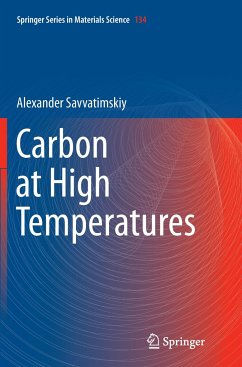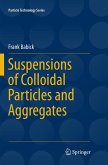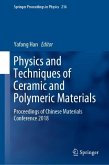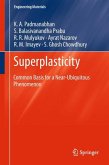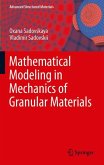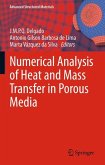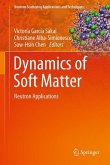This book deals with the properties and behavior of carbon at high temperatures. It presents new methods and new ways to obtain the liquid phase of carbon. Melting of graphite and the properties of liquid carbon are presented under stationary heat and pulse methods. Metal like properties of molten graphite at high initial density are indicated. A new possible transition of liquid carbon from metal to nonmetal behavior much above the melting point is mentioned. Methodical questions of pulse heating, in particular the role of pinch-pressure in receiving a liquid state of carbon, are discussed. The reader finds evidence about the necessity of applying high pressure (higher than 100 bar) to melt graphite (melting temperature 4800±100 K). The reader can verify the advantage of volume pulse electrical heating before surface laser heating to study the physical properties of carbon, including enthalpy, heat capacity, electrical resistivity and temperature. The advantages of fast heating of graphite by pulsed electric current during a few microseconds are shown. The data obtained for the heat capacity of liquid carbon under constant pressure and constant volume were used to estimate the behavior at temperatures much higher 5000 K.
Bitte wählen Sie Ihr Anliegen aus.
Rechnungen
Retourenschein anfordern
Bestellstatus
Storno

